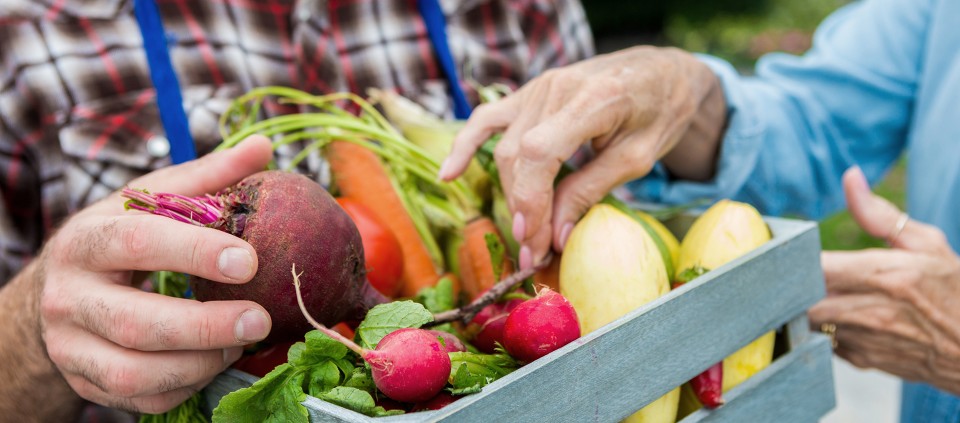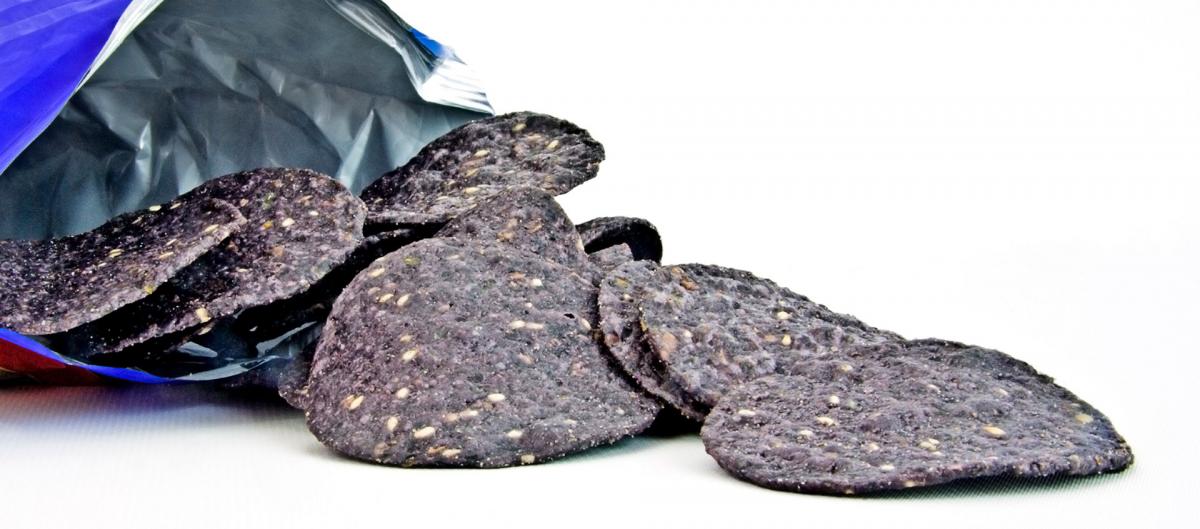The Year in Food, and What’s Ahead

As a nutrition educator in the United States, I live in the land of food trends. Unlike Europeans (whose food obssessions focus on the best wine vintage this year, or where the truffles are, or whose handcrafted cheese is most notable), Americans and the American food industry love trends. And, the farther from moderation and balance a trend is, the more attention it gets—and the more confusion it can foster.
At this time of year, when we’re looking back and looking forward, what we see in the media and the grocery store reveal the food industry’s response to the zeitgeist of the moment. In that respect, food trends are a fascinating glimpse into our collective fears and aspirations.
At this year’s Food and Nutrition Conference & Expo (the scientific meeting of the Academy of Nutrition and Dietetics) in Chicago, the food industry was in full display in all its trend-driven glory. It’s a great place to see what consumers are interested in and how food companies are responding. I found that, overall, the movement (finally) is in the direction of whole-foods, plant-based choices.
Here’s my take on the food trends of 2017, and a glimpse of where we'll go in 2018.
The authenticity antidote to fake food: We live in a time when much of the information that we think is about nutrition is actually well-crafted marketing. What we’re looking for now is real-ness. Real ingredients, more honest labeling, fewer chemical additives. The food industry is responding. This is a good trend for consumers, in that Big Food is working to reduce sugar and chemical load and improve nutrient density (a measure of food quality—nutrients per calorie). So, here come more whole-grain breakfast cereals and whole-grain chips free of hydrogenated oils, healthier canned soup, whipped soy desserts with less sugar, and so on. These foods are not perfect, but they are a step in the right direction.

Ayurveda in the mainstream: Most Americans still haven’t heard the word Ayurveda. But how-to-eat tenets familiar to those in the yoga and Ayurveda communities, such as mindful eating, self-observation, and body positivity, are moving ever-deeper into the mainstream. Yoga and mindfulness concepts are everywhere—granted, often interpreted oddly, but at least they’re being talked about.
Nutrigenomics in our pockets: The science of how our genetic inheritance impacts diet and health has evolved rapidly, though in fits and starts with occasional setbacks. In Chicago, I attended a presentation by a respected supplement manufacturer about a series of apps they have developed to read the data generated by 23 and me, a relatively inexpensive genetic analysis. The app is designed to determine the nutrients most likely to address a particular individual’s nutritional balance. It’s exciting, yet a little sticky, as it is ultimately a supplement sales strategy.
Sustainable nutrition’s next steps: Now that we’re past the global climate-change tipping point, the food industry is making modest steps toward environmental sustainability. Biodegradable packaging, plant-based proteins, and products that give a nod to minimizing food waste are everywhere.

Here are a few foods and products that are having their moment in the sun right now:
Better dairy: Thanks to continued interest in feeding our microflora and thus promoting the health of our guts and immune systems, there is an explosion of higher quality dairy products, particularly yogurts and other fermented food. Grass-fed dairy is finally going mainstream, and that’s a healthy development on many levels.
Riced cauliflower: Here’s a brassica (sulfur-containing vegetable) that can be made to act like mashed potatoes or rice. Rice growers are up in arms about riced cauliflower: Why do they have to call it riced? Why not “cauliflower crumbles”? I’ve long been a fan of cauliflower mashed potatoes and, if someone cutting them up for you and charging for that, makes this healthful veggie more appealing, great.
Kelp is coming: Kelp grows quickly in cold coastal waters without fertilizer. It takes up CO2 (which is exacerbating climate change), as well as fixing nitrogen and phosphorus. Kelp is mineral rich and nutrient dense. In addition to feeding us, it makes an excellent compost material for improving the quality of soil. The problem with kelp is that there’s not enough of it. While most kelp currently comes from China, Maine is home to a growing community of marine seaweed farmers.

EdipeelTM to decrease waste: Natural ways to minimize food waste are top of mind, and tossing produce because it rots before you can eat it is a universal plant-eater’s dilemma. Edipeel, from Apeel Sciences, is a solution of natural oils from peels and seeds that preserves produce that might keep us from having to toss so many of our fruits and veggies before we can eat them.
May your food trends this year be toward enjoyment and well-being!
Find out about upcoming programs with Annie B. Kay at Kripalu.
© Kripalu Center for Yoga & Health. All rights reserved. To request permission to reprint, please email editor@kripalu.org.
Annie B. Kay, MS, RDN, E-RYT 500, C-IAYT, is an author, nutritionist, Kripalu faculty member, and important voice in whole-foods nutrition and yoga.
Full Bio and Programs